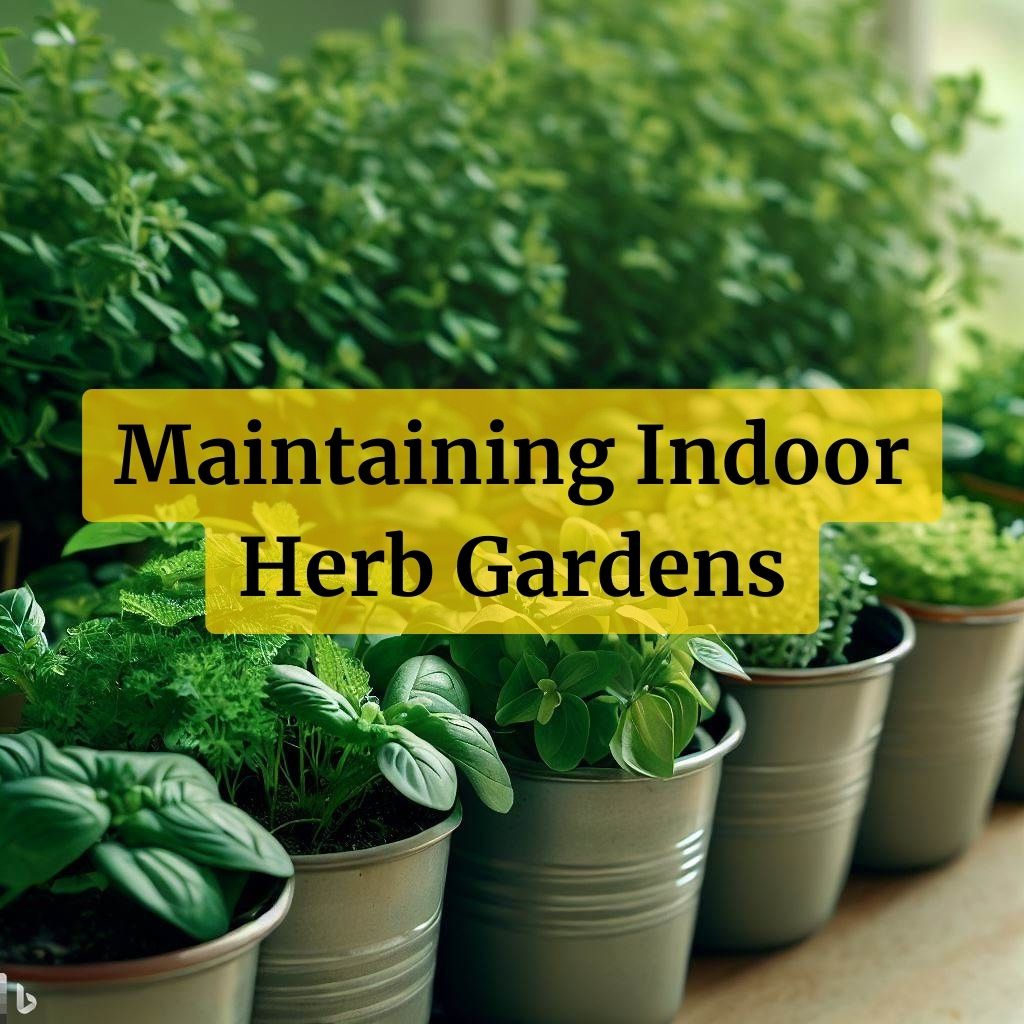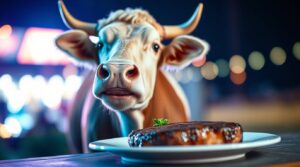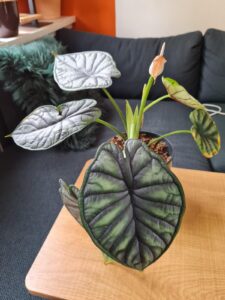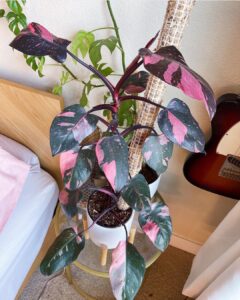
Growing herbs indoors can be a fun and rewarding hobby, especially if you love cooking with fresh and flavorful herbs. But it can also be challenging, especially if you are working full-time and have limited time and space. In this article, we will show you how to maintain indoor herb gardens with ease, covering topics such as choosing the right herbs, lighting and watering, fertilizing and pruning, and pest and disease control. With these tips, you can enjoy the benefits of indoor herb gardening all year round. Your step-by-step guide to maintaining your indoor herb garden can provide detailed instructions, but here are the essential points to remember.
In this article
Getting Started
Firstly, ensure you’re providing an optimal environment for your herbs. This involves adequate sunlight, temperature, and humidity. Most herbs require at least 6-8 hours of bright, indirect light each day. If natural light is insufficient, consider using grow lights. Ideal indoor temperatures for herbs range between 60-70°F, while humidity levels should be kept moderate.
Secondly, the type of soil and pot you use can significantly impact your herbs’ growth. Herbs generally prefer well-draining soil, which helps prevent root rot and other water-related issues. The pot should have drainage holes and be large enough to accommodate the plant’s root system.
Lastly, regular pruning encourages fuller growth and helps keep your herbs healthy. It’s best to prune your herbs regularly, taking care to remove only about one-third of the plant at a time.
Managing Your Herb Garden While Working Full-Time
Keeping an indoor herb garden alive primarily involves consistent care and attention to the needs of your herbs. It can be a bit more challenging if you are busy with full-time work, but it’s certainly possible to sustain your indoor herb garden while working full time. You just need to develop a routine that suits both your schedule and your plants’ needs.
One of the most critical factors to keep your indoor herb garden thriving is proper watering. Overwatering and underwatering are common issues faced by indoor gardeners, leading to unhealthy herbs. The frequency and amount of water needed can vary depending on the type of herb, the size of the pot, the soil type, and environmental conditions.
Another crucial element is providing your herbs with the right amount of light. Herbs need at least six hours of sunlight each day to grow properly. If your home doesn’t get enough natural light, consider investing in an artificial light source like a grow lamp.
Also, regularly check your herbs for signs of pests or disease. Early detection and treatment can save your herb garden from severe damage.
How Often Should Indoor Herbs Be Watered?
Watering is one of the most critical aspects of maintaining a thriving indoor herb garden. However, the tricky part lies in finding the right balance. Overwatering can lead to root rot and other issues, while underwatering can result in parched, unhealthy herbs. So, how often should indoor herbs be watered?
The answer to this question is not one-size-fits-all. Different herbs have varying watering requirements based on their origin, size, and growth patterns. For instance, leafy herbs like mint, parsley, and chives thrive when the soil is consistently moist but not waterlogged. A general guideline is to water them every 2-5 days. On the other hand, Mediterranean herbs such as rosemary, thyme, and oregano prefer a slightly drier environment. During the first four weeks after planting, water them once a week, and afterward, reduce the frequency to every 10-14 days. Basil and cilantro, kitchen staples loved for their flavor-enhancing qualities, appreciate consistent moisture. Water them every 5-7 days but avoid waterlogged soil.
You can find more detailed instructions in the article on how often to water indoor herbs.
What Happens if You Overwater Your Indoor Herb Garden?
Overwatering is a common mistake made by indoor gardeners, particularly beginners. It is essential to understand that overwatering can be just as detrimental, if not more so, than underwatering.
When plants receive too much water, their roots can become waterlogged and oxygen-starved. Over time, this can lead to root rot, a condition that can kill plants if left untreated. Symptoms of overwatering can include yellowing leaves, stunted growth, and a general decline in plant health.
Moreover, overwatered plants are more susceptible to diseases and pests. The damp conditions created by overwatering can attract fungi and insects, causing additional stress to your herbs.
If you suspect that you are overwatering your herb garden, the first step is to adjust your watering schedule. Make sure to allow the soil to dry out between waterings, and consider repotting your plants with fresh, well-draining soil if necessary.
For more information on how to tell if you are overwatering your herbgarden and what to do about it, refer to this comprehensive guide.
In conclusion, maintaining an indoor herb garden is a rewarding endeavor that involves continuous learning and adaptation.







